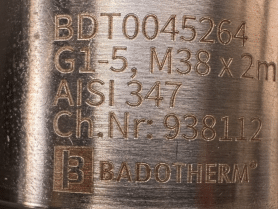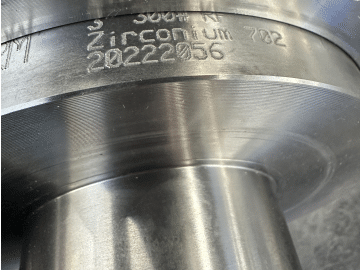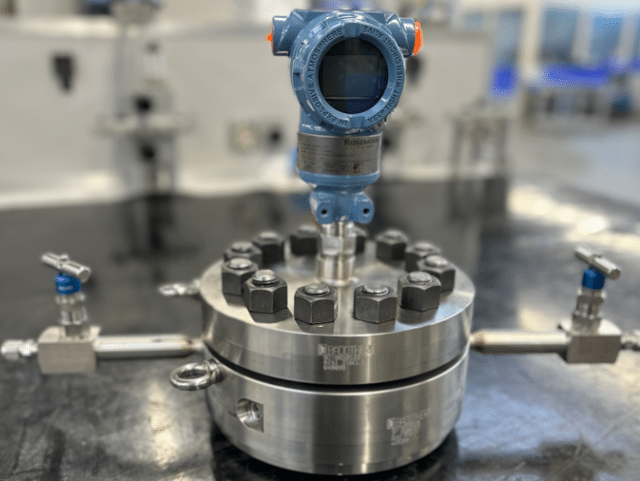Polymer coatings are often used for so-called non-stick purposes. It ensures that the process medium does not stick to the metal diaphragm and therefore the flexibility of the diaphragm is not deteriorated. When process medium gets stuck to the diaphragm, this could cause a misreading in the measurement. Other advantages are anti-friction properties and it’s resistance to high temperatures and chemicals. The polymer coatings come in many variations of material composition and thicknesses, and can be PTFE, FEP, PFA or ECTFE, each with their own characteristics, thickness and temperature limitations
Typically all of these materials give excellent chemical resistance in heavy-duty corrosion applications. However, chemical resistance is only secured when the coatings would have a thickness of approx. 1 mm or more. With this thickness, the coating or the polymer structure is no longer permeable. Accurate diaphragm seal systems are designed with very thin diaphragms to offer best flexibility and thus best (most accurate) measurements with best performance. The thickness of the diaphragms of the diaphragm seals is often 75μm (depending on material selection). Proper functioning, does not allow a very thick layer of this polymer coating to be applied. A thick layer would make the diaphragm less flexible and thus no longer transferring the pressure accurately.
To maintain the flexible and sensible function of the diaphragm, standard a 35-40μm thick layer is applied. Optional, thicker layers are possible and some even with additives, to reduce the porosity of the polymer coating structure and increase the chemical corrosion resistance, However, at any case, this thickness is not sufficient to warrant chemical resistance, because as mentioned, than minimum 1 mm would be required. Still customer experience may be that these thicker coatings may increase the durability of the measurement, possibly at the expense of a slight loss of performance in terms of accuracy. So it may provide additional protection for chemical resistance and it may make the instrument more durable, but this cannot be warranted.
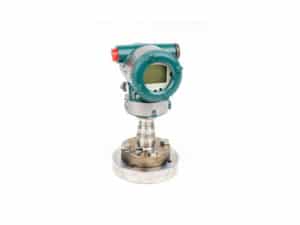
A PTFE lining (approx. 2mm thick) cannot be used for protecting the diaphragm, but it can be used to protect the inner part flange (the lower part). Due to its thickness, this does provide excellent chemical resistance. Often customers use a combination of options: a tantalum diaphragm (for the wetted parts) and a PTFE lined lower part of the seal (together with an inert filling fluid that is often used for chlorine applications) or a coated wetted part (incl. diaphragm) with a PTFE lined lower part.
Please note that these coatings and lining have temperature limitations. Badotherm can always support you, or help you in choosing the right option.
By the way, did you know that there are several polymer coating with FDA approval?
Next to polymer coatings of diaphragm seals, there are also solutions with polymer linings, sheet or even polymer lower parts.
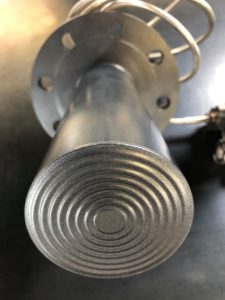
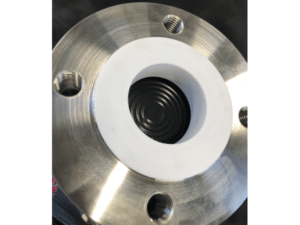
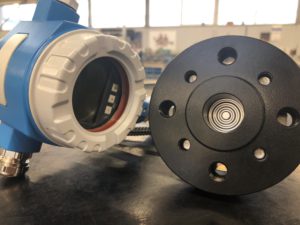
Datasheet: Polymer Solutions
Blog: Corrosion protection: PTFE lining and polymer coating with C276 alloy diaphragm

